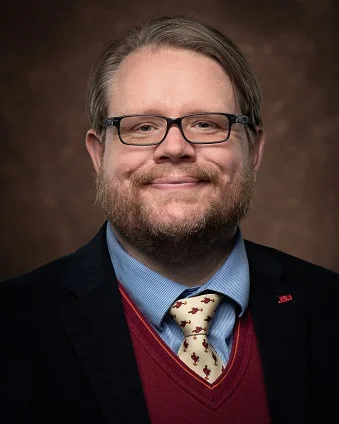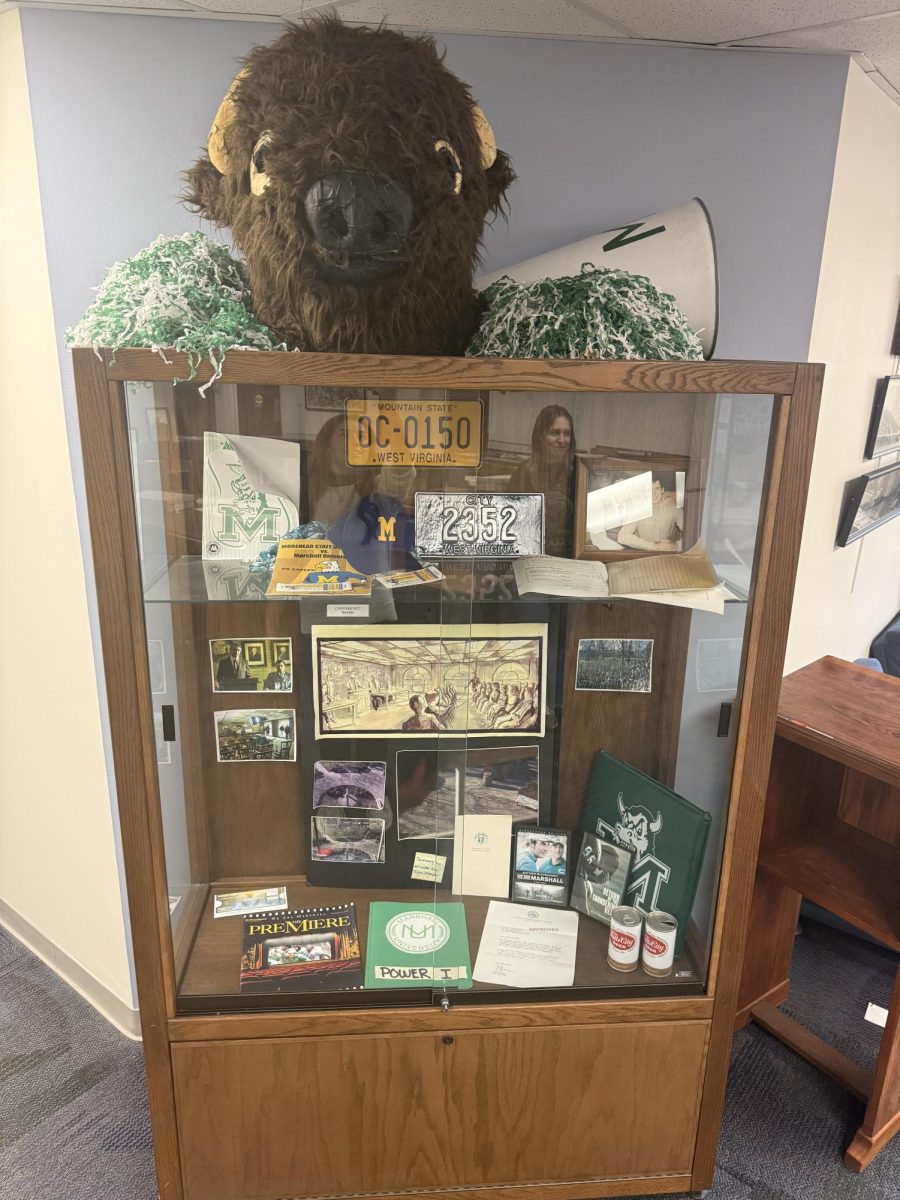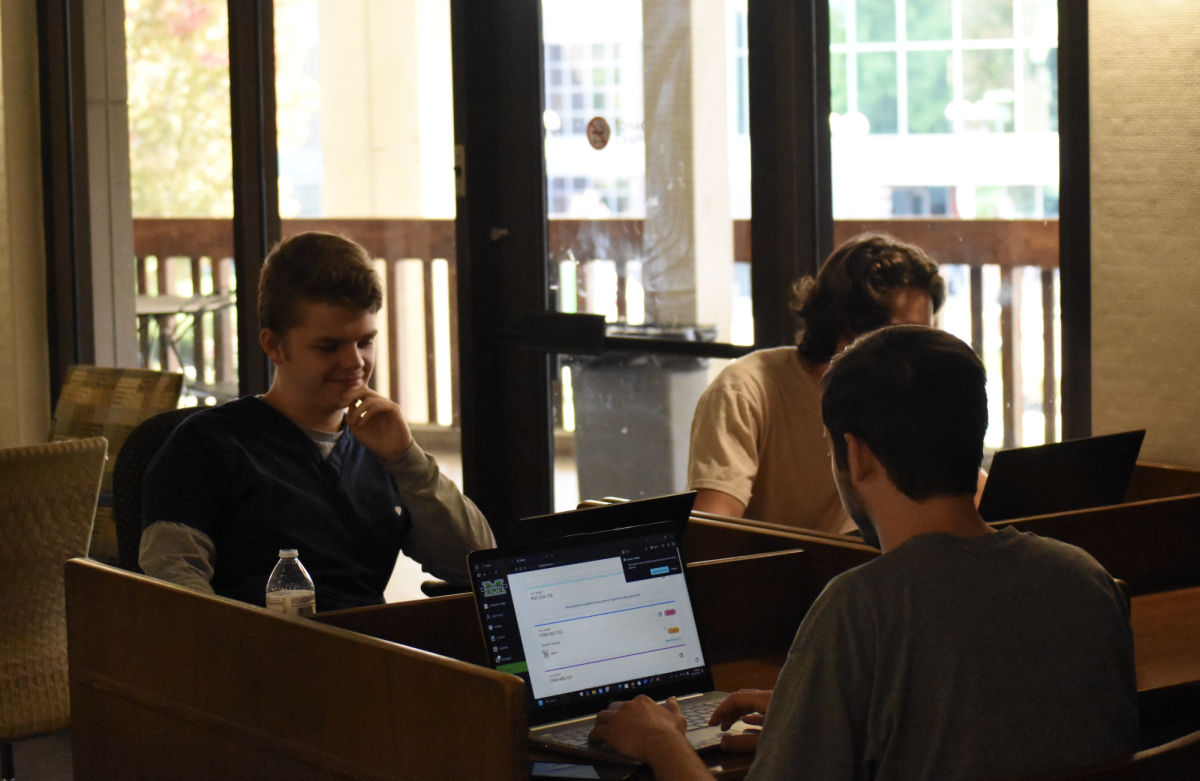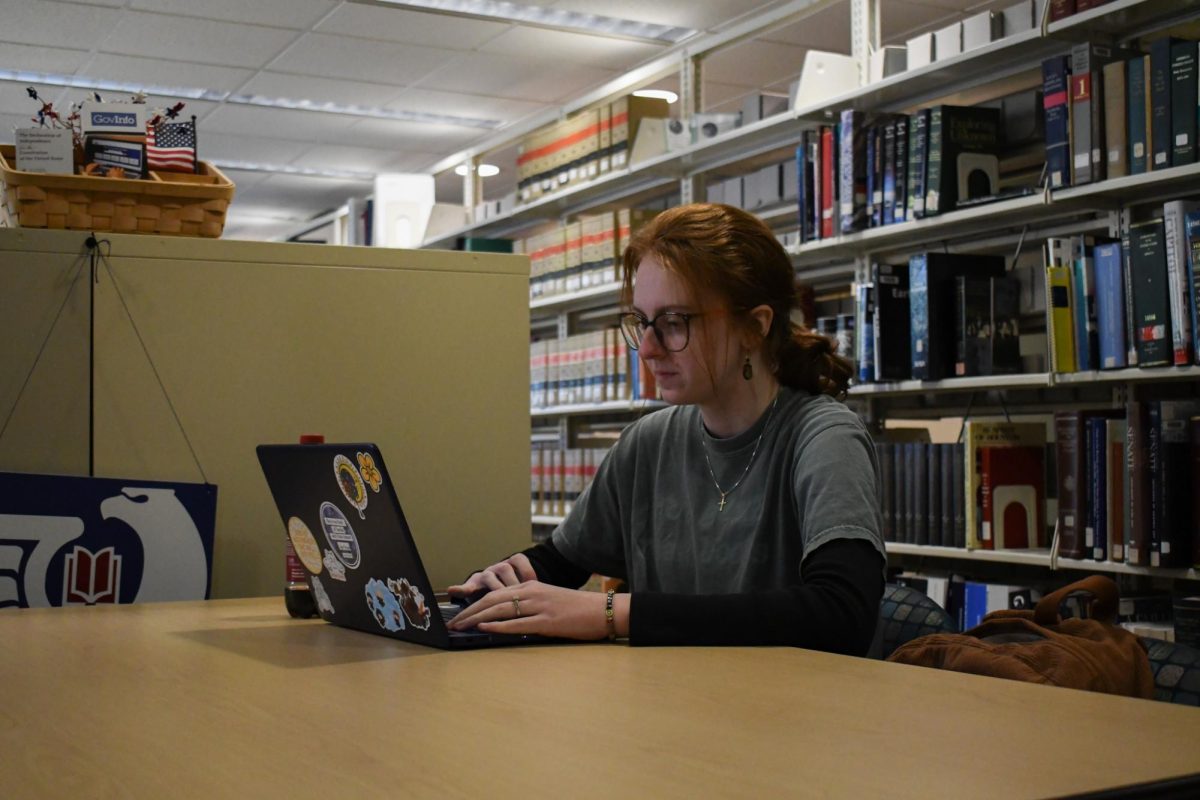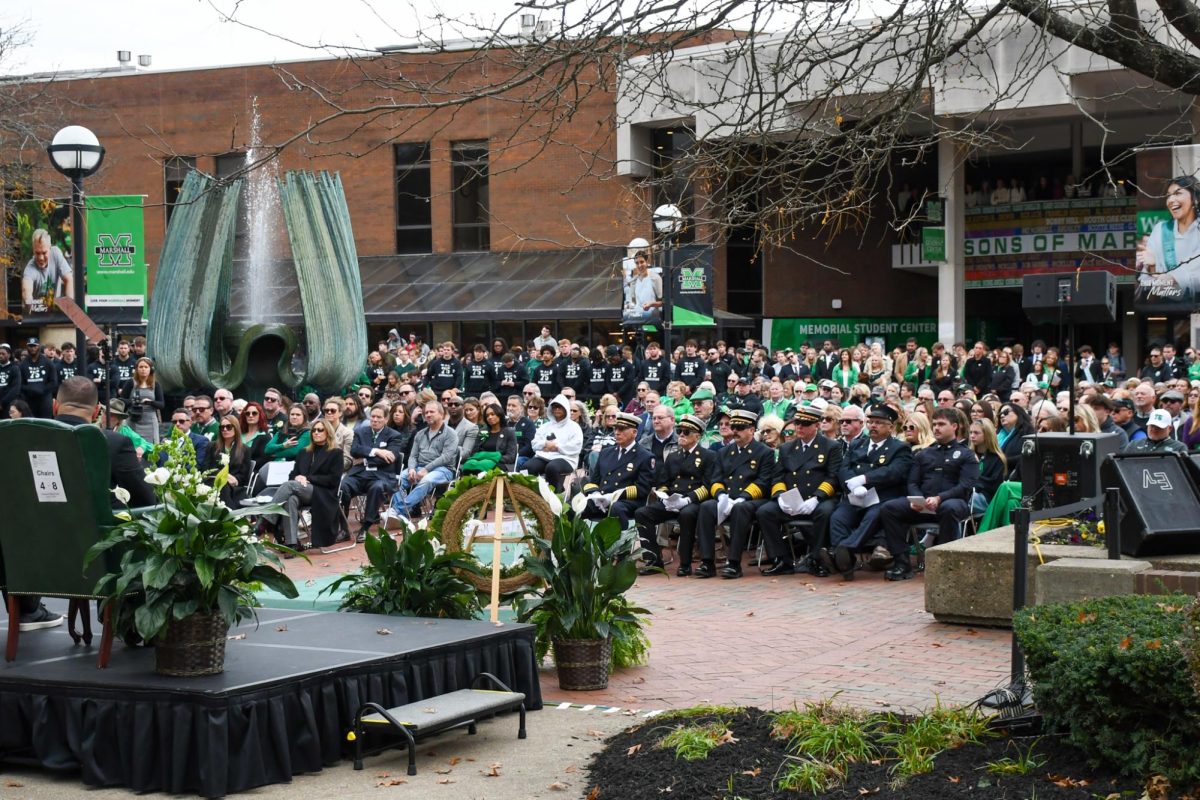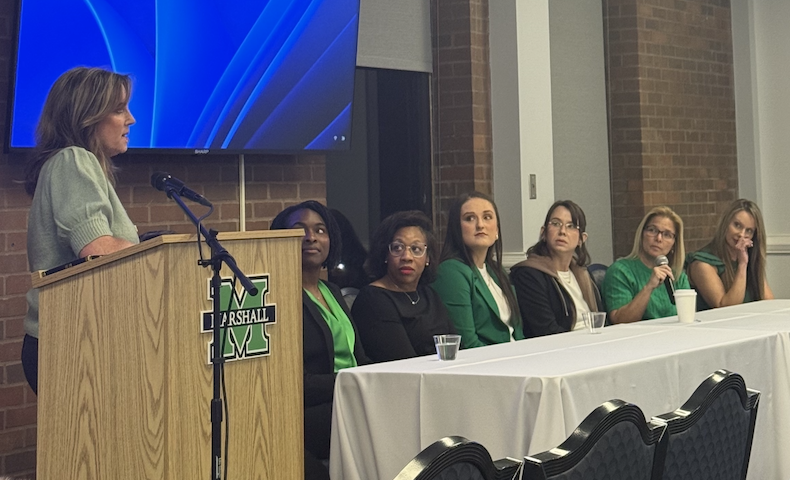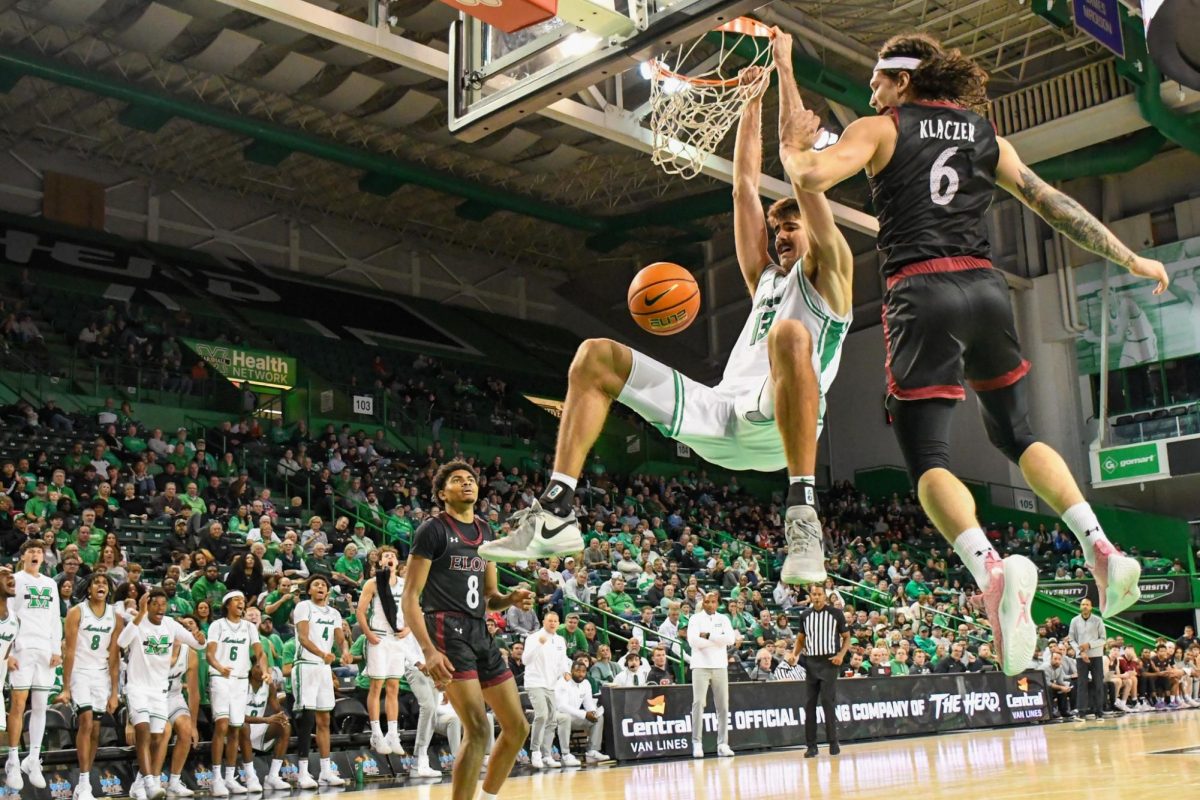CAM Dean Candidates Visit Marshall
February 22, 2023
A variety of plans for the College of Arts and Media were presented by the three finalists for the college’s deanship last week, but all three emphasized students in their presentations.
The finalists included: Dr. Chris McCollough, the department head of communication for Jacksonville State University; Dr. Scott Irelan, the associate dean in the College of Fine Arts at Western Michigan University and Dr. Maria Gindhart, the associate dean of the College of Arts at Georgia State University.
In his presentation, McCollough focused on the current trends of students in the arts.
“Regardless of media, regardless of whether it’s a stage, whether they’re in a performance hall, whether they’re working with me in a PR campaign or they’re in a broadcast studio, they’re creative storytellers,” McCollough said.
Part of McCollough’s vision for the College of Arts and Media is to offer design classes to journalism and mass communication majors, add business literacy as an aspect of curriculum and also revisit the framework of Marshall’s video production program.
Additionally, he discussed the addition of an “arts and entertainment” concentration for journalism and mass communication majors, as well as creating programs for arts marketing and management.
Another aspect of the presentation focused on the profile and reputation of the college, specifically beyond the Tri-State area. McCollough proposed a hypothetical event that could incorporate all of the schools to showcase the talents of students.
His main goal is to bring the differing programs together.
In conclusion, McCollough emphasized working together to accomplish these goals, comparing this process to “fingers in a glove.”
“We work together, we build a plan that makes sense,” McCollough said.
Meanwhile, Irelan identified three main challenges for the college: enrollment, cultural pressures and crisis narratives, and strategic differentiation. For each challenge, he provided an opportunity and an example of a solution he might pitch, if selected for the position.
Irelan stated that the age range of 18-23 year olds enrolling in higher education is down nationally and that this is a problem that “is never going away.” However, he said that flexibility is the opportunity, with enrollment in the 24-64 years old age range being higher nationally. One recommendation he offered was to stack credentials, which would allow people to enroll for shorter time periods to earn post-bachelor certifications. Irelan called this “gamifying college.”
Irelan frequently addressed the need for cross-disciplinary programs, meaning the College of Arts and Media not only needs to work together within the different departments but reach out to other colleges in the university. This suggestion was incorporated into much of his work at Western Michigan University and many of the solutions proposed for his identified problems at Marshall.
Addressing the challenge of differentiating Marshall from other universities with arts and media programs, he cited “thinking big” as the solution. Pulling from his established cross-disciplinary suggestions, Irelan proposed new post-bachelor’s certificates, such as music therapy and movement therapy, which would add psychology courses to music and dance majors.
He also suggested adding courses on graphic design for the medical field, saying that graphic design majors should be learning how to design intuitive and aesthetic apps, specifically for medical technology.
Taking a similar approach to Irelan, Gindhart identified some generalized challenges within arts and media colleges overall. These included mental health, learning loss from the COVID-19 pandemic and hitting what she called a “demographic cliff,” impacting enrollment.
The “demographic cliff,” Gindhart said, has already been hit in West Virginia, meaning universities in West Virginia “want to grow enrollment, but there is no one here to enroll.”
Gindhart also presented challenges such as K-12 art programs being cut or reduced, expensive facility creation and upkeep, artificial intelligence and non-transferable skills as the main reasons why enrollment is down. Her solution: changes in practice across the board.
Much like the other dean candidates, Gindhart cited different delivery as a primary action towards combating challenges: online and hybrid courses along with more – and better – certification options. She foresees a focus on the entrepreneurial skills of arts and media as a cross-disciplinary answer to the ever looming enrollment issue.
“Everyone has to be treated well to be thriving,” Gindhart said while explaining her plans on how to best focus on each university demographic.
For students, she recommended focusing on retention over recruitment, and the college to career pipeline.
For faculty she proposes focusing on life cycle mentorship rather than just the tenure track and including focus on a better work and life balance.
“The staff in most departments are often the unsung heroes,” Gindhart said regarding her proposed focus on staff recognition, saying it would lead to more job satisfaction. Professional development and the importance of a work and life balance was key to Gindhart’s focus on the future of Marshall staff.
Of alumni, she talked about “friendraising over fundraising,” saying creating a culture of active engagement and a “two way spirit,” meaning Marshall continues to support alumni through job placement and professional advising, as the key to creating more College of Arts and Media alumni.


